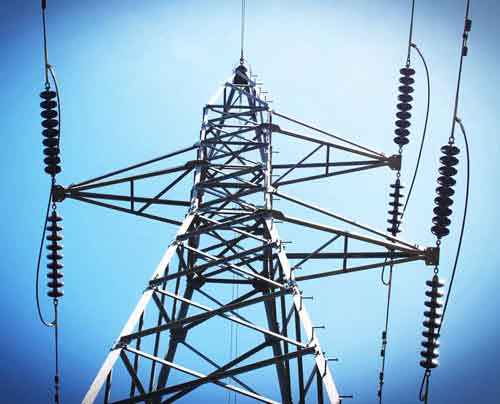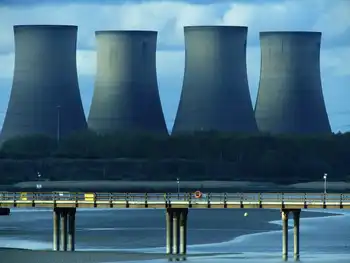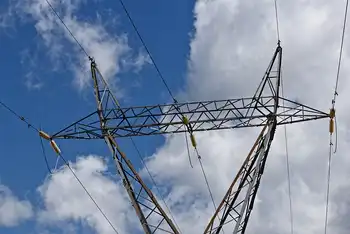Energy Saving Tower Type Oil Pump Driven by Permanent Magnetic Linear Motor
By PR Newswire
Arc Flash Training - CSA Z462 Electrical Safety
Our customized live online or in‑person group training can be delivered to your staff at your location.

- Live Online
- 6 hours Instructor-led
- Group Training Available
The new generation of Tower Type Oil Pump is the world's first vertical oil pump that adopts a large thrust cylindrical synchronous linear motor, producing measurable energy savings. In addition to the benefits of energy efficiency, key features of the intelligent design include automatic and reversing speeds, as well as significantly reduced operational maintenance costs. This specially designed pump contains unique motor technologies which allow the pump to consume less energy during all phases of operation.
In particular, the patented pumping system intelligently gauges the tension needed to mechanically lift liquid out of the wellhead. By adjusting the power needs of the pump on a real time basis, it can provide more than 20-30% of energy, when compared to traditional oil pumps.
Harbin Electric's linear motor oil pump is certified by Heilongjiang Science and Technology Bureau ("HSTB"), a branch of The Ministry of Science and Technology of P.R. China, and China National Petroleum Corporation Daqing Petroleum. A prototype of the Tower Type Oil Pump has been running at the Second Extraction Factory of the Daqing Oilfield for one and a half years. The prototype unit has met the functional design requirements on all technology aspects.
Daqing Petroleum is the biggest petroleum corporation in China, producing approximately 50 million tons of oil annually. The testing model of the Tower Type Oil Pump was originally customized for Daqing Petroleum.
With the testing of the prototype complete, Daqing Petroleum has placed a purchase order for 13 units to be delivered by the end of 2007. These units are expected to sell at an average price of $52,000.
Tianfu Yang, Chairman and Chief Executive Officer of Harbin Electric stated, "We are pleased to introduce to the oil and gas industry this state of the art vertical style oil pump driven by efficient linear motors. This product development is an important milestone for our company as it further positions Harbin Electric as a leader in industrial motor technology. Since we began development of the Tower Type Oil Pump three years ago, our Research & Development team has been actively involved in an effort to deliver a unique solution which has culminated in several new patents for our business and has developed another revenue channel for our company."
Mr. Yang concluded, "In the newly issued '11th Five-Year Plan for National Economic and Social Development Program of China' (2006-2010), the Chinese government explicitly focuses on the need to improve the efficiency of the country's resource use and mandates a reduction in energy consumption per unit of GDP by 20%.
This policy established by the Central Government of China is encouraging for our business as our newly developed oil pump can provide energy savings of over 25% when compared to traditional oil pumps. We believe this product will add to our growth in the years ahead and supports our corporate goal to introduce intelligent, efficient solutions to the global industrial motor marketplace."











